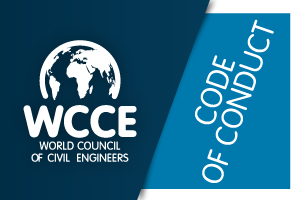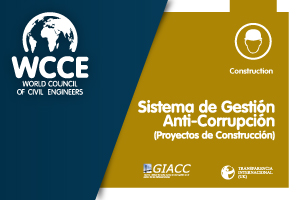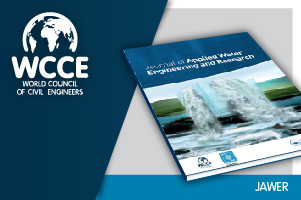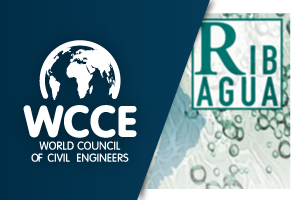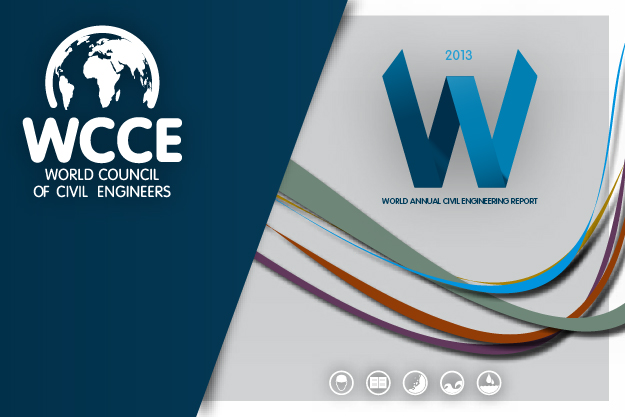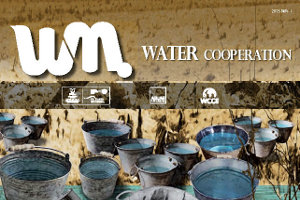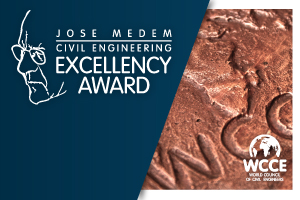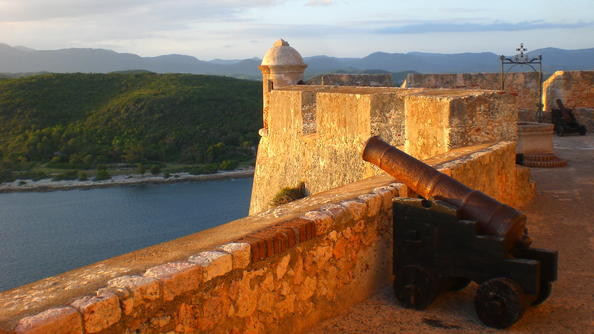
The Castle of San Pedro de la Roca and its associated defensive works constitute the largest and most comprehensive example of the principles of Renaissance military engineering adapted to the requirements of European colonial powers in the Caribbean.
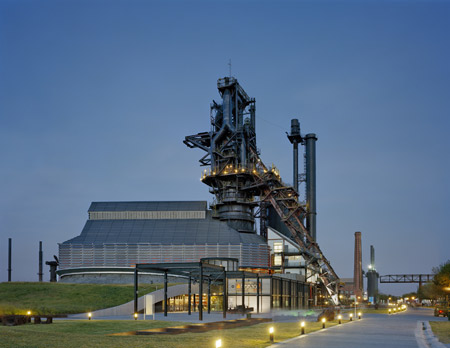
Throughout the twentieth century and so far into the twentieth first century, Monterrey has been internationally noted for its industrial strength. The city, that for years was recognized as the Mexican industrial capital has now nearly four million inhabitants and a highly diversified economy. Twentieth-century industry activities coexist here in such diverse sectors as: Heavy industry, construction materials, food and beverage, and a dynamic service sector encompassing global-level financial, real estate, educational and medical services. Entrepreneurial spirit is so deeply ingrained in Monterrey's nature that, for many, it stands for the leading edge in Latin American business culture.
 Camino Real de Tierra Adentro was the Royal Inland Road, also known as the Silver Route. The inscribed property consists of 55 sites and five existing World Heritage sites lying along a 1400 km section of this 2600 km route, that extends north from Mexico City to Texas and New Mexico, United States of America. The route was actively used as a trade route for 300 years, from the mid-16th to the 19th centuries, mainly for transporting silver extracted from the mines of Zacatecas, Guanajuato and San Luis Potosí, and mercury imported from Europe.
Camino Real de Tierra Adentro was the Royal Inland Road, also known as the Silver Route. The inscribed property consists of 55 sites and five existing World Heritage sites lying along a 1400 km section of this 2600 km route, that extends north from Mexico City to Texas and New Mexico, United States of America. The route was actively used as a trade route for 300 years, from the mid-16th to the 19th centuries, mainly for transporting silver extracted from the mines of Zacatecas, Guanajuato and San Luis Potosí, and mercury imported from Europe.
Although it is a route that was motivated and consolidated by the mining industry, it also fostered the creation of social, cultural and religious links in particular between Spanish and Amerindian cultures.
 Chichen Itza is the most important archaeological vestige of the Maya-Toltec civilization in Yucatán (10th-15th centuries). Its monuments, particularly in the northern group which includes the Great Ball Court, Temple of Kukulkan and Temple of the Warriors, are among the undisputed masterpieces of Mesoamerican architecture because of the beauty of their proportions, the refinement of their construction and the splendour of their sculpted decorations. These monuments exerted an influence throughout the entire Yucatán cultural zone from the 10th to the 15th centuries.
Chichen Itza is the most important archaeological vestige of the Maya-Toltec civilization in Yucatán (10th-15th centuries). Its monuments, particularly in the northern group which includes the Great Ball Court, Temple of Kukulkan and Temple of the Warriors, are among the undisputed masterpieces of Mesoamerican architecture because of the beauty of their proportions, the refinement of their construction and the splendour of their sculpted decorations. These monuments exerted an influence throughout the entire Yucatán cultural zone from the 10th to the 15th centuries.
Located midway between Mérida and Cancún, Chichen Itza is the northernmost of the major archaeological sites in Yucatán. Covering more than 300 ha, it is also one of the largest and richest in monuments. Above all, it is one of the most significant in historical terms because it illustrates two major periods in pre-Hispanic civilizations in the Mesoamerican zone.


